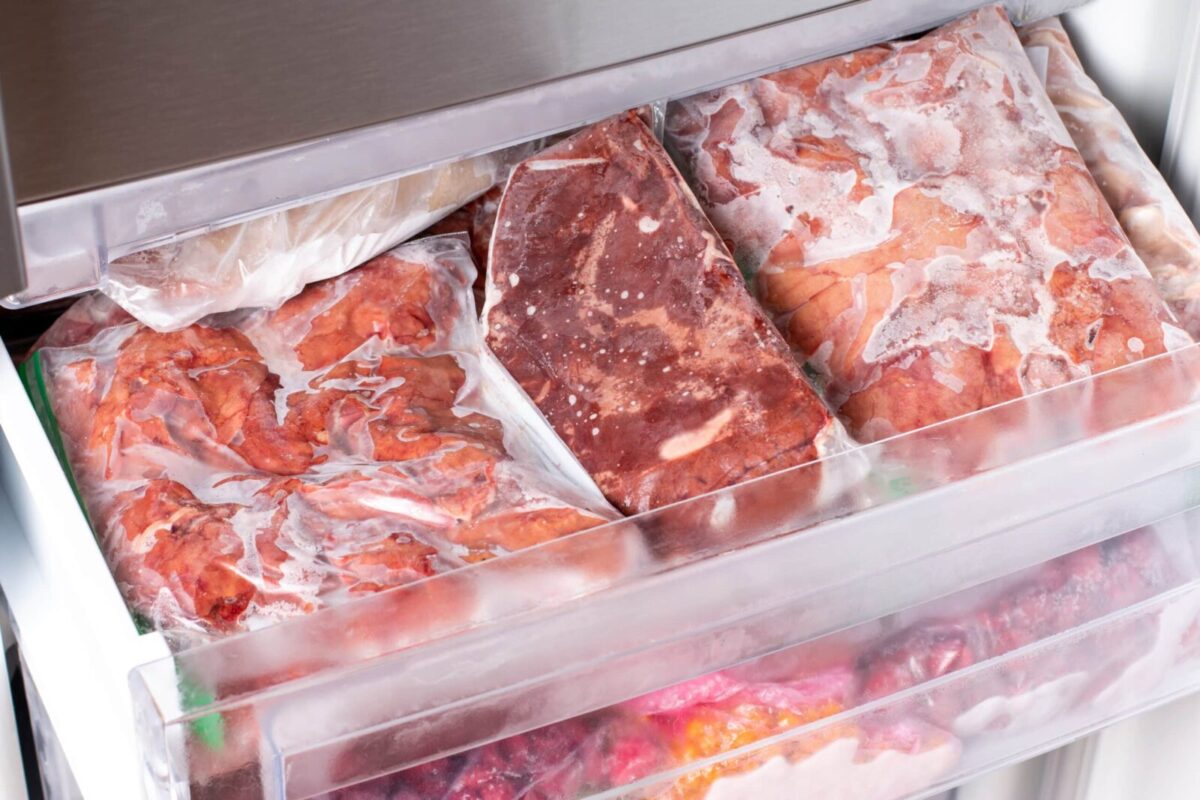Bacteria on foods: Why visible signs of spoilage are only the beginning….
After recent movements to remove ‘best by’ dates from fresh foods such as fruit and vegetables in supermarkets, it has never been more important to be able to recognize signs of spoilage in your own fridge.
However, whilst this is important to be aware of what spoiled food looks like, you should also be extremely careful when deciding whether food is safe to eat because not all signs of spoilage are visual. That means that the carrots you bought for your Roast Dinner might look perfectly fine, but there could be dangerous bacteria lurking that is unseeble by the naked eye.

Pathogenic bacteria are not visual and cannot be seen at first glance; it takes special laboratory testing to detect their presence. This type of bacteria usually gives people food poisoning. This is because Pathogenic bacteria thrive in certain conditions and can multiply to dangerous levels.
The conditions which bacteria thrive best in can be divided into two sections – The intrinsic factors of food and the extrinsic factors of the environment.
Intrinsic factors are those which are specific to the food, such as the protein content or the food’s pH, whereas extrinsic factors are those which are specific to the environment, such as temperature or time.
Unlike intrinsic factors, it is easier to control the effects of extrinsic factors. For example, you should never leave your food out of the fridge on the kitchen counter, as this allows food to enter the danger zone. This refers to the temperature range in which bacteria multiplies most rapidly.

This is why it is so important that you treat food properly right from the very beginning and prohibit pathogenic bacteria from interfering with the food you handle at home and stop any cross contamination.
A common source of cross contamination is raw food. Raw food is extremely high-risk and needs to be handled carefully to prevent any cross-contamination between foods. For example, you should never wash raw food, such as Chicken and Fish, in the sink as this can spread harmful germs onto other surfaces where food may be prepared and you should always make sure that you wash your hands thoroughly after handling raw food, and make sure not to touch anything else whilst making your way to the washing facilities.

Please explore our other posts in order to learn more about the safe handling of foods and spotting signs of spoilage.
You can also access more information through our Level Three Food Hygiene and Safety course. Visit essentialfoodhygiene.co.uk to find out more.
